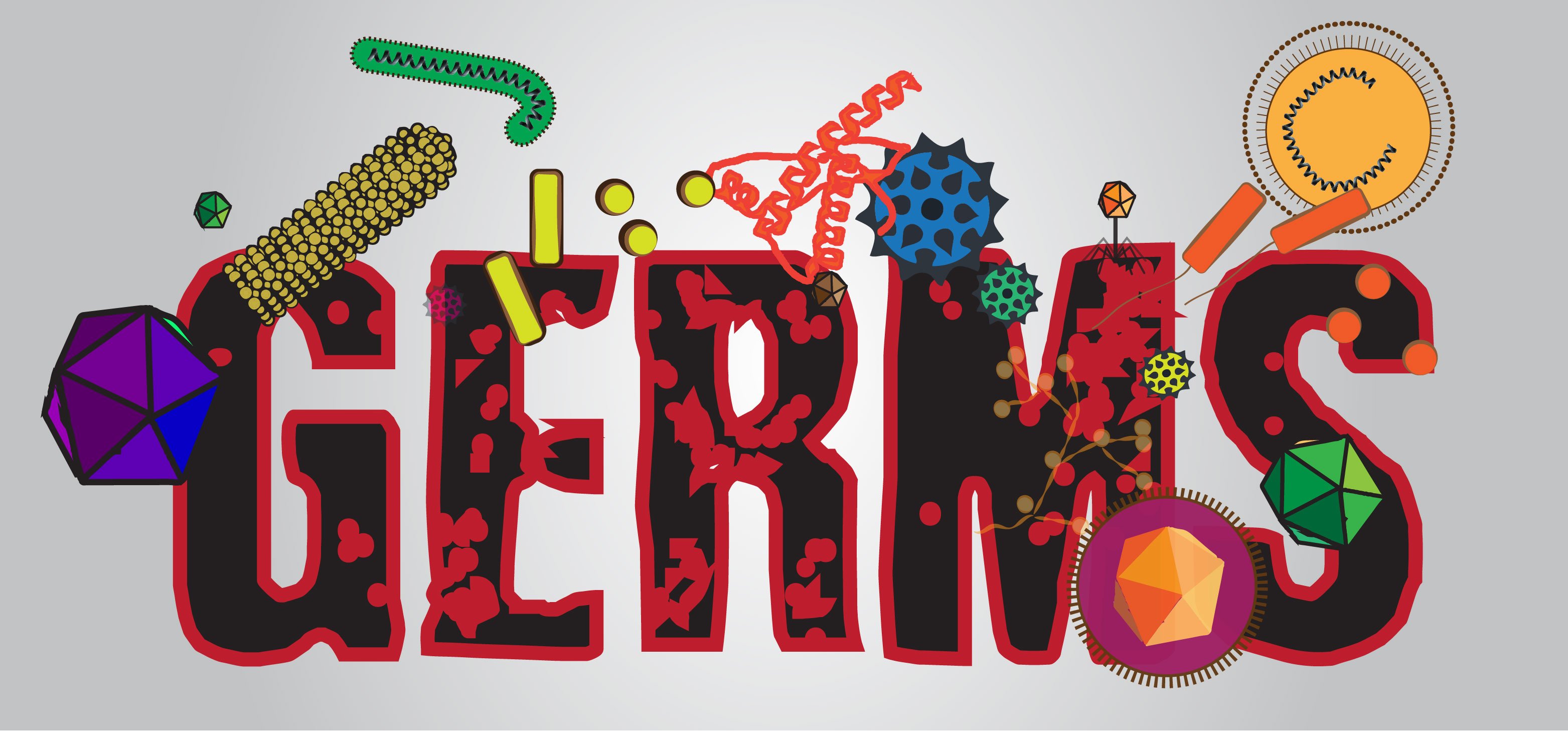What follows is the draft introduction I have written for an essay I’m working on (“How to Activate the Potential of Imaginary Networks”) that is the result of my initial work cataloging a handful of imaginary networks for Other Networks: A Radical Technology Sourcebook (Anthology Editions, forthcoming April 2025). *** Imaginationcreates the situation,and, then, the […]
What follows is the draft introduction I have written for an essay I’m working on (“How to Activate the Potential of Imaginary Networks”) that is the result of my initial work cataloging a handful of imaginary networks for Other Networks: A Radical Technology Sourcebook (Anthology Editions, forthcoming April 2025).
***
Imagination
creates the situation,
and, then, the situation
creates imagination.
It may, of course,
be the other way around:
Columbus was discovered
by what he found. –James Baldwin, 1987
Radical imagination today essentially means imagination free from the blackmail of the economy, free from the epistemological domination of economics. –Franco ‘Bifo’ Berardi, 2010
In 2004, Eric Kluitenberg organized a mini-festival in Amsterdam called “An Archaeology of Imaginary Media” which led to the publication of the Book of Imaginary Media in 2007 and thereby added “imaginary media” to media archaeology’s interest in forgotten, lesser-known, and failed past media. Kluitenberg defines imaginary media as “potential or possible media; dreamed media, fantasized media; visions of how human communication can be reshaped.” He also adds that, like the imagined communities that Benedict Anderson writes about, “all media are partly real and partly imagined”–implying that while we may be in the habit of seeing imaginary media as separate from the real, thereby justifying our sense that they are not worth sustained attention, imaginary media are in fact no more nor less ‘real’ than tangible, fully realized, established media.[i] But if dreams, fantasies, and visions of media are all “real” and likewise are almost always directed toward dreaming, fantasizing, envisioning the future, how do they do that? Better yet, what is the role of imaginary media in the 21st century when, as Mark Fisher devastatingly put it in 2009, “capitalism seamlessly occupies the horizons of the thinkable…the fact that capitalism has colonized the dreaming life of the population is so taken for granted that it is no longer worthy of comment?”[ii] If imaginary media are not quaint remnants from a distant past that had limitless stores of optimism for a future that surely would be better, then what are they?
In this essay, I explore the possibility that imaginary networks (which I define as never-, partly-, or even fully-realized but short-lived communication technologies connecting two or more nodes) might hold answers to the foregoing questions. While media archaeology has explored some examples of imaginary media, even with “communication” embedded in the definition I cite above, the vast array of imaginary networks that have been proposed, depicted, and described since the 19th century has barely been accounted for. Given that imaginary networks have been so thoroughly overlooked, it’s also not surprising that no one has yet speculated about why the vast majority of imaginary networks are wireless. No doubt, these networks have largely been overlooked because it’s all too easy to reduce networks such as Jacques-Toussaint Benoît’s pasilalanic-sympathetic compass, Paul Otlet’s Mundaneum, Hugo Gernsback’s radio-controlled television plane, and H.G. Wells’ World Brain (among many others) to mere curiosities or indulgent thought experiments and thus relegate them to irrelevancy. Certainly, media archaeology’s interest in uncovering media from the past to reimagine media in the future could lay the groundwork for seeing imaginary networks as meaningful and perhaps even as examples of what alternatives to the contemporary internet might look like. However, media archaeology has little to nothing to say about the relationship between past networks and the current internet which is so deeply entwined with global financial capitalism that it can seem next to impossible to imagine future networks as genuine alternatives. More, while the future is important to media archaeology’s interest in the past, those associated with the field seem to have overlooked the fact that, even with assistance from the visionary qualities of past media, we may not even be capable of imagining anything other than the world we already live in.
But what if, against all odds, we pursue the possibility of decolonizing the future and we do so by augmenting media archaeology with Marxist thinkers such as Fisher and Berardi and with writers from the Black radical tradition such as Franz Fanon and Amiri Baraka who can help us find our way beyond a future that seems to be already pre-determined?[iii] More pointedly, what if a more nuanced understanding of the imagination that’s at work in imaginary networks could lead us to future networks that are genuine alternative to the present internet?
[i] Eric Kluitenberg, ed., Book of Imaginary Media: Excavating the Dream of the Ultimate Communication Medium (Rotterdam: NAi Publishers, 2007), 8.
[ii] Mark Fisher, Capitalist Realism: Is There No Alternative? (Winchester, UK: O Books, 2009), 8-9.
[iii] “Decolonizing the future” and variations such as “decolonial futures” are common phrases now used across many disciplines including indigenous studies, sustainability, archaeology, and science fiction.



%20(2).jpeg)






